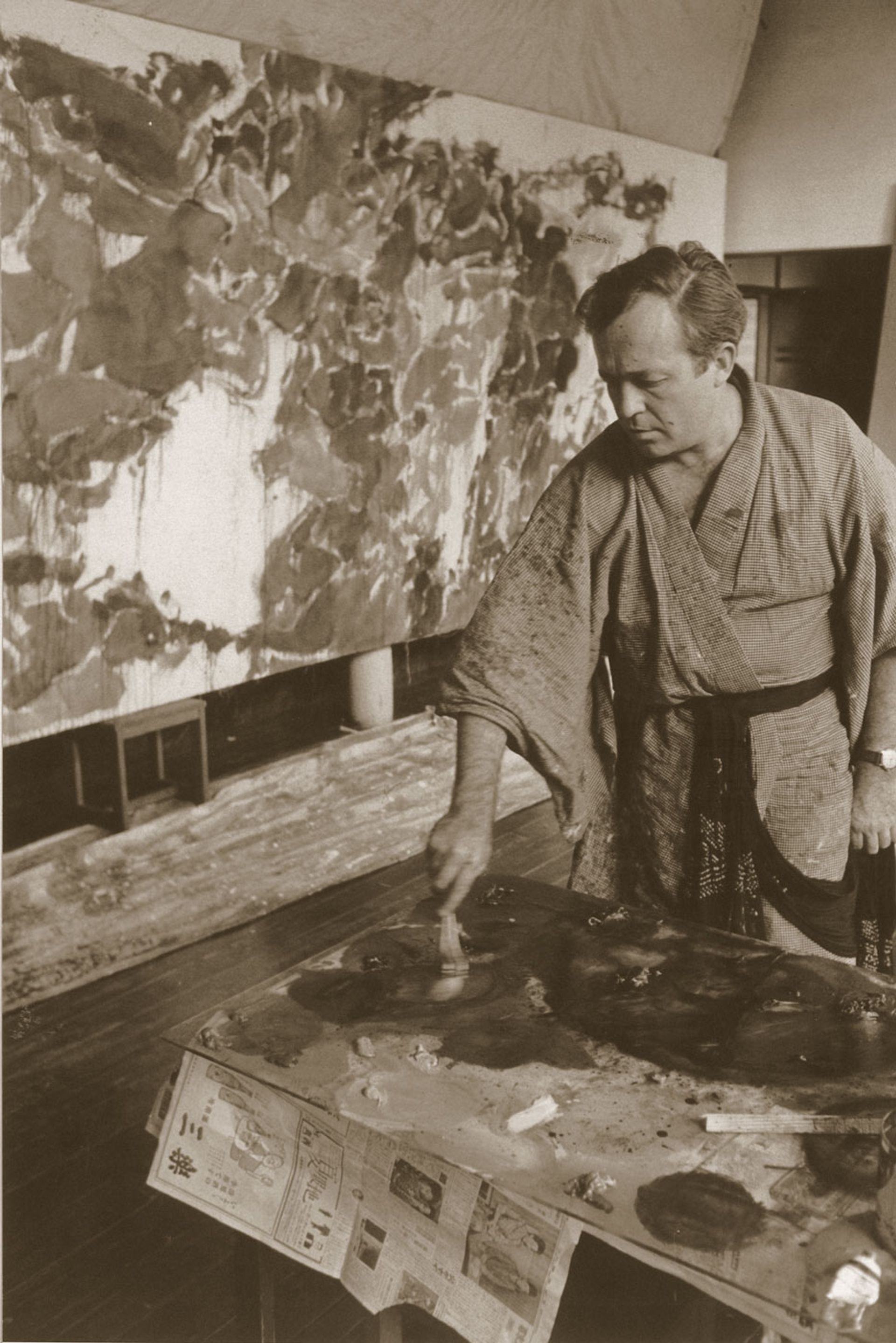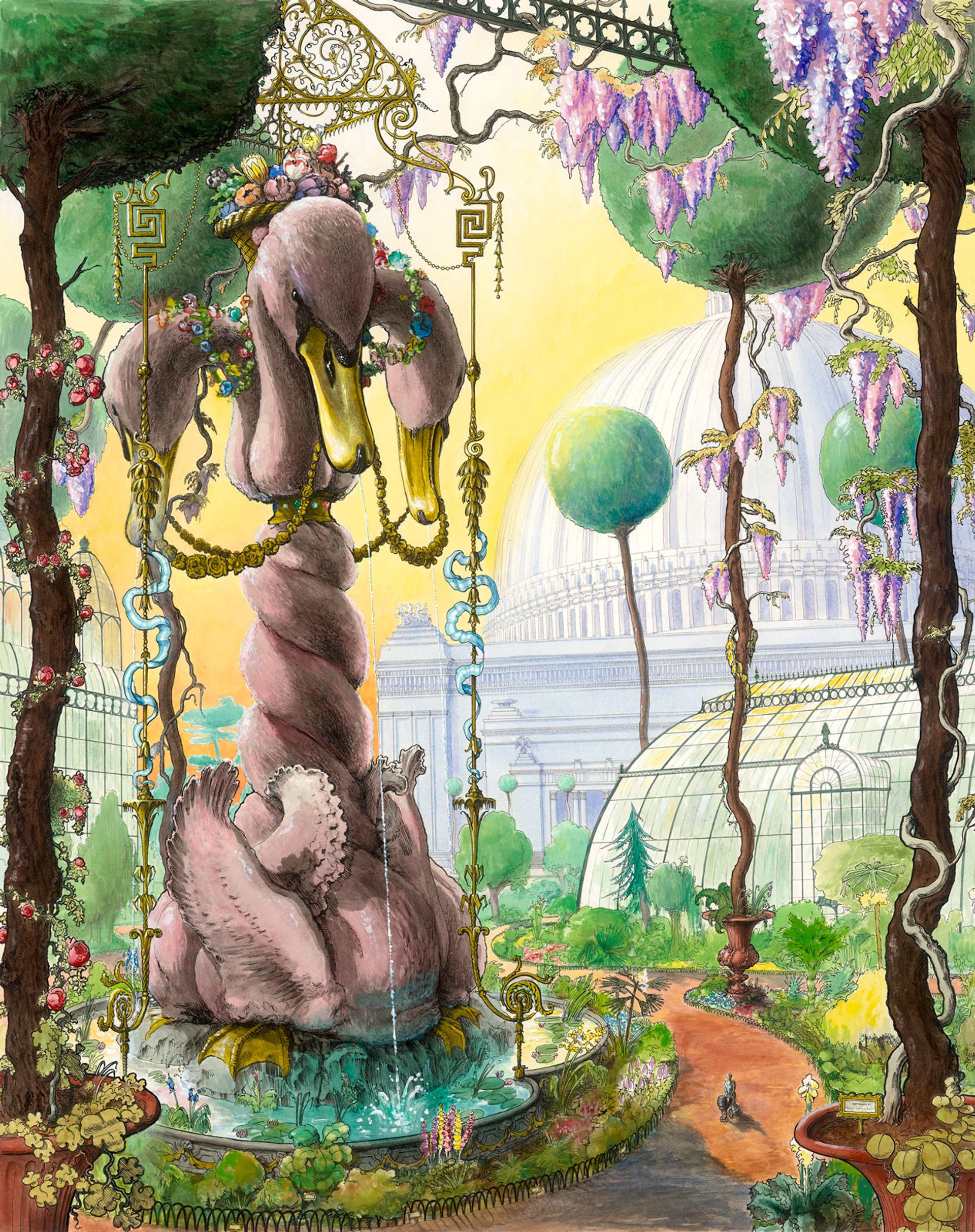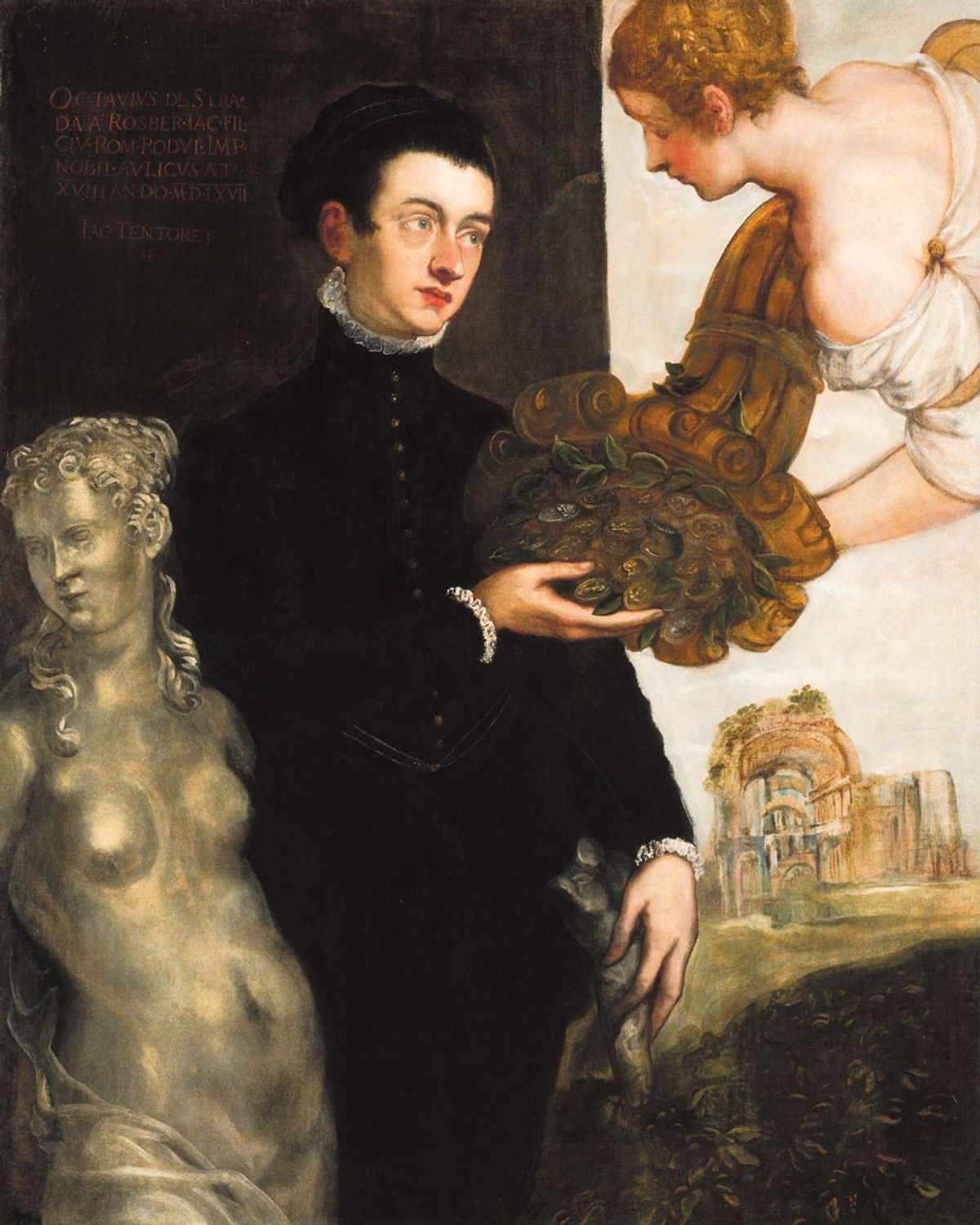Mary Beard, Twelve Caesars: Images of Power from the Ancient World to the Modern, Princeton University Press, 384pp, £30 (hb)
The Cambridge University scholar Mary Beard surveys 2,000 years of art, analysing how “portraits of the rich, powerful, and famous in the Western world have been shaped by the image of Roman emperors”, according to the publisher. Beard reinterprets works by artists such as the 15th-century Netherlandish painter Hans Memling and the Renaissance figure Andrea Mantegna through the prism of “murderous autocrats” such as Julius Caesar and Emperor Domitian. Beard’s gaze also falls on Titian’s Room of the Emperors—eleven half-length portraits of Roman emperors made for the Palazzo Ducale in Mantova—and Henry VIII’s famous Caesarean tapestries which celebrate the life of the infamous Roman statesman.

Sam Francis working on Tokyo Mural in Japan in 1957 Photo: François René-Roland. Artwork: © 2021 Sam Francis Foundation, California/ ARS, New York
Gabrielle Selz, Light on Fire: The Art and Life of Sam Francis, University of California Press, 392pp, $34.95 (hb)
Gabrielle Selz chronicles the life and work of Sam Francis in this comprehensive biography that throws light on the formative events that shaped the US artist, including how he learned to paint as a former air-corps pilot while encased in a full-body cast for three years. Selz has interviewed artists such as Ed Ruscha and Robert Irwin, drawing extensively on private correspondence. Francis’s career as an Abstract Expressionist is documented, moving from his gestural 1940s dripping paintings to calmer, Zen-like works produced in Japan in the 1950s. His instrumental role in founding the Museum of Contemporary Art, Los Angeles, in 1979 is also explored.

The World According to Colour
James Fox, The World According to Colour, Penguin, 320pp, £25 (hb)
The art historian James Fox ambitiously “presents an eye-opening global history of human civilisation through the lens of colour”, according to a statement from the publisher, bringing to the fore the “cultural constructs” around everyday hues. Fox unpicks how different civilisations and nationalities assign moral qualities to certain colours, examining for instance the “West’s polarisation of black and white”—why are terms like the black arts and blackmail so pejorative? How and why artists become enamoured with certain colours is also analysed, from J.M.W. Turner who was nicknamed The Yellow Dwarf, to the French artist Yves Klein who patented his own pigment, International Klein Blue.

Pablo Bronstein's Botanical Gardens (2020-21)
Pablo Bronstein, Hell in Its Heyday (catalogue), Koenig/Sir John Soane’s Museum, £24 (pb)
The UK artist Pablo Bronstein mines a wealth of subjects in his exhibition Hell in its Heyday at the Sir John Soane’s Museum in London, from consumerism to queer identity. The shows takes visitors on a tour of the afterlife imagined as a monumental city through concert halls, casinos, car factories and oil rigs. “Bronstein offers us here an ambitious cycle of 22 watercolours and a 20-minute film that together glance over modern society and its values,” writes the museum director Bruce Boucher in the foreword. Bronstein comments on all of the illustrations, providing florid descriptions of the features of his fictional hell such as the Botanical Gardens where “three pink swans with gold beaks form a fountain underneath a delicate golden bronze gazebo laced with flowers”.
Mike Leigh on Mike Leigh, Amy Raphael (editor), Faber & Faber, 575pp, £25.00 (pb)
This newly updated edition includes new sections on the UK film director’s recent films including Mr Turner, the 2014 account of the life and work of the 19th-century artist known for masterpieces such as The Fighting Temeraire (1839). Leigh gives his insights into why and how he made the film, detailing the logistical hurdles. He describes, for instance, how he obtained permission to show Turner’s paintings. “Contrary to what people think, none of Turner’s paintings are out of copyright, because he died long before the copyright acts. They are all owned by somebody or some gallery somewhere in the world. If they had charged us the appropriate fees for usage, we would never have made the film,” Leigh says (fortunately, our literary editor, Jacqueline Riding, who worked as an historical consultant on the film, facilitated the copyright process).



